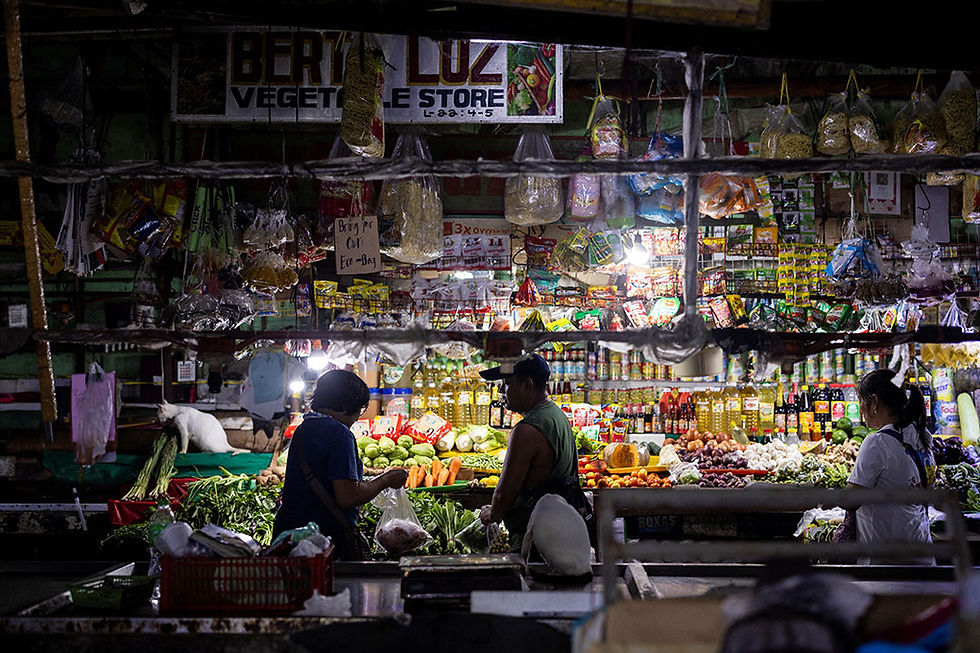Inflation seen to climb as upside risks linger
- Ziggurat Realestatecorp

- Oct 10
- 2 min read
Inflation is projected to climb in the coming months as supply-side pressures and the extension of rice import restrictions threaten to push prices higher, which could prompt the Bangko Sentral ng Pilipinas (BSP) to keep policy rates unchanged.
Following the slight uptick in inflation to 1.7 percent in September from 1.5 percent in August, analysts said this may mark the start of a gradual pickup after months of subdued readings, with weather-related disruptions and policy measures posing upside risks toward year end.
HSBC ASEAN economist Aris Dacanay said that while September’s below-consensus figure still falls below the BSP’s two to four percent target range, rice prices would be a key factor to watch in the next few months after the government extended its rice import ban until the end of the year.
“This is a major upside risk to inflation that needs to be monitored,” he said. “But importers have frontloaded their rice orders in anticipation of the ban, leading to ample supply by end-August. If local farmers were able to harvest before Typhoon Nando hit, rice supply may be sufficient to keep prices stable through year end.”
Despite the soft inflation reading in September, HSBC expects the BSP to pause its easing cycle this week before resuming rate cuts in December.
“We think September inflation sets the stage for a quarter-point rate cut in the fourth quarter to 4.75 percent. But we still expect the BSP to wait for more data on gross domestic product and rice prices before continuing its easing cycle,” Dacanay said.
He added that the policy rate could fall to 4.50 percent by the first quarter of 2026 if inflation remains stable.
Economists at Citi echoed the view that the BSP would likely stay on hold in October, even as it eyes further rate cuts toward the end of the year.
“Following tame inflation readings in September, we continue to expect a gradual rebound of the headline into the three-percent handle in 2026,” Citi said.
“Growth concerns could eventually resurface, leading to a cut before the end of the year. However, as economic data is so far mixed, BSP will probably pause in the October meeting.”
Citi expects inflation to stay between 1.3 and two percent year-on-year through the first quarter of 2026 before rising to around 3.5 percent by end-2026.
BPI lead economist Jun Neri also flagged that inflation risks remain tilted to the upside, particularly due to weather disturbances and import restrictions.
Neri expects inflation to stay near two percent for the rest of 2025 before climbing to around 3.5 percent by mid-2026 and nearing four percent by the third quarter next year as base effects fade and supply risks persist.
“With inflation likely to pick up in the coming months, the pace of monetary easing may slow down,” Neri said. “A more conservative approach is justified as cutting rates aggressively could leave the economy vulnerable to inflation shocks that might force a sharp policy reversal later on.”
The BSP has so far cut policy rates by a total of 150 basis points since August 2024, bringing the benchmark rate to five percent.
The Monetary Board is scheduled to hold its final policy review for the year on Dec. 11.
Source: Philstar





Comments